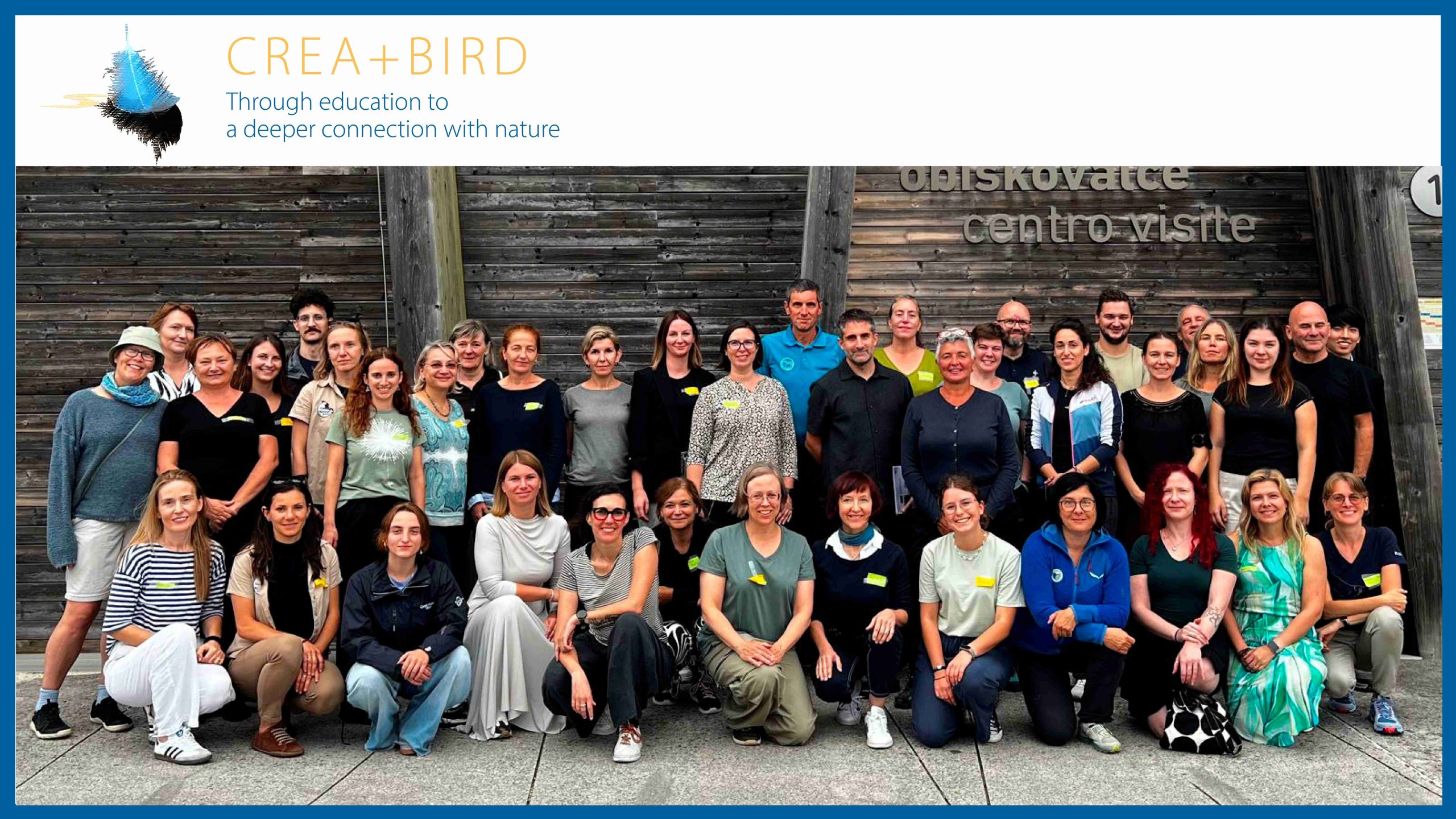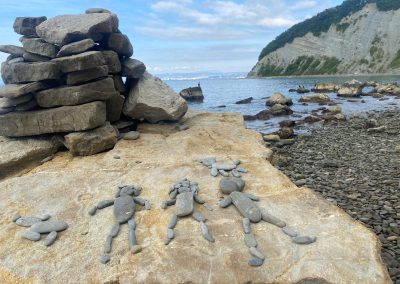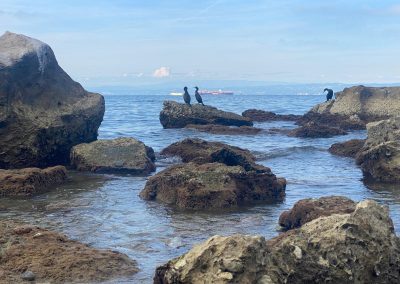In the CREA+BIRD project, we are researching and developing creative and participatory methods for sustainable development education, in which birds serve as guides, messengers, and messengers to nature. Universities and non-governmental organizations from Finland, Italy, Slovenia, and Romania are participating in the project. The project is co-funded by the European Union. In Finland, the cormorant is a key species in the archipelago that disappeared from our birdlife for a hundred years but has only recently returned.
Koper, 23–25 September 2025
The first international CREA+BIRD seminar was held in Koper, Slovenia, at the visitor center of the Škocjanski Zatok Nature Reserve run by DOPPS-Birdlife Slovenia.
The story of this area is a beautiful and encouraging example of how wasteland, also used as a landfill site, was transformed into an oasis. Thanks to the initiative of a few courageous young people and the work of hundreds of local volunteers, the area was restored to a thriving wetland and nature reserve. Today, it is a place of rest for people and a habitat for thousands of other species, right in the middle of a bustling city.
At the meeting, teachers from four project countries shared their best practices in sustainability education. We will develop these nationally in collaboration with our project partners, combining scientific and cultural knowledge about birds within the GreenComp framework.
Koper, Slovenia 22 September 2025
The Great Cormorants are preening themselves in Slovenia, and soon their plumage will be in order! And rightly so, because tomorrow we CREA+BIRD people will finally meet in person in Koper, Slovenia. Representing the LYKE network will be the association’s project manager Sanna Saari-Vesterinen and nature school teachers Maria Salin, Jonas Heikkilä, Pia Lindström, and Johanna Sahila (remotely). They will share their best nature teaching practices and get ideas from teachers in other project countries. These practices will be further developed in the project. In Finland, the Great Cormorant is a key species in the archipelago that disappeared from our birdlife for a hundred years but has only recently returned.
Photos: Sanna Saari-Vesterinen









